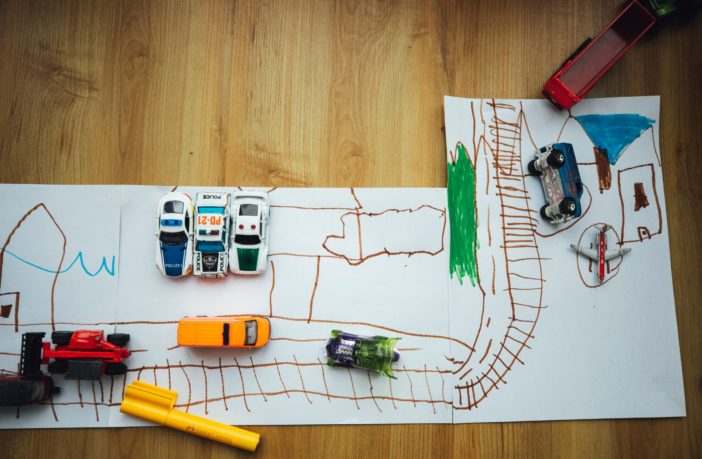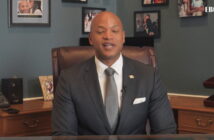By Sabreen Dawud,
Special to the AFRO
The rising cost of childcare is causing concern for parents or people considering having a child.
According to a brief issued by the U.S. Department of Labor Women’s Bureau last year, median childcare prices for one child ranged from $4,810 to $15,417 per year. These prices make up 8 percent to 19.3 percent of average family income.
With many families in need of childcare services for multiple children, the cost of childcare can significantly strain even the best, carefully thought out budget. When considering care type, age group and county population size, the report found that childcare was still reported to cost a considerable portion of family income.
Early childhood education experts recognize the need for more funding of childcare, describing it as a necessary resource for the public.
“Childcare needs to be funded as a public good, just like we fund the libraries, third grade classrooms– in some cases– [the]metro, [and]the parks,” shared Marica Cox Mitchell, vice president of early childhood for the Bainum Foundation. “It should just be funded as part of the public good because it benefits young children, it benefits their families, it benefits the economy.”
The high rates of childcare do not come with no explanation.
Kathy Hollowell-Makle, executive director for the District of Columbia Association for the Education of Young Children, notes how the smaller classroom sizes required in early childcare institutions play a role in the high costs.
“It’s very expensive and that’s mostly because the ratios have to remain small,” she stated.
“For instance, infants usually have maybe six [children]and, depending on the square footage, maybe eight, and they’ve acquired two teachers. They have two teachers in a classroom with six kids. That’s expensive when you look at that same cost of two educators being in a classroom of 25 kids,” she explained.
Hollowell-Makle also emphasizes how pricey childcare often leads parents to receive childcare services from family members. However, when said family members do not implement early childhood education practices in their services, there can be concern surrounding the benefit of this approach in comparison to enrolling a child in an educational institution.
“We want to make sure children have exposure to high quality experiences where the educators are credentialed, they have experience, and they have the supervision and regulatory oversight that makes sure that children remain safe and healthy,” she added.
The impact that expensive childcare can have on certain communities also remains a concern as parents in low income, marginalized communities may be unable to access childcare altogether.
Cynthia Davis, executive director for the District of Columbia Family Child Care Association, spoke of the contributions of women in the workplace and the impact of high child care costs on their ability to be successful in their careers.
“Black and Brown women have always been in working positions. We always served the public [and]we always served in help positions– positions where we had to serve children, serve families [and]cleaning positions,” she expressed. “It’s very crucial that it be affordable for them to be able to [maintain]. Every woman doesn’t want to stay home and those options need to be available for them to be able to experience work.”
As parents continue to navigate through costly childcare options, early childhood experts advocate for more educational and affordable care for children.
“We really have to step up and start funding and treating early childhood education as a public good like we treat K-12 or Pre-K,” Mitchell said.



